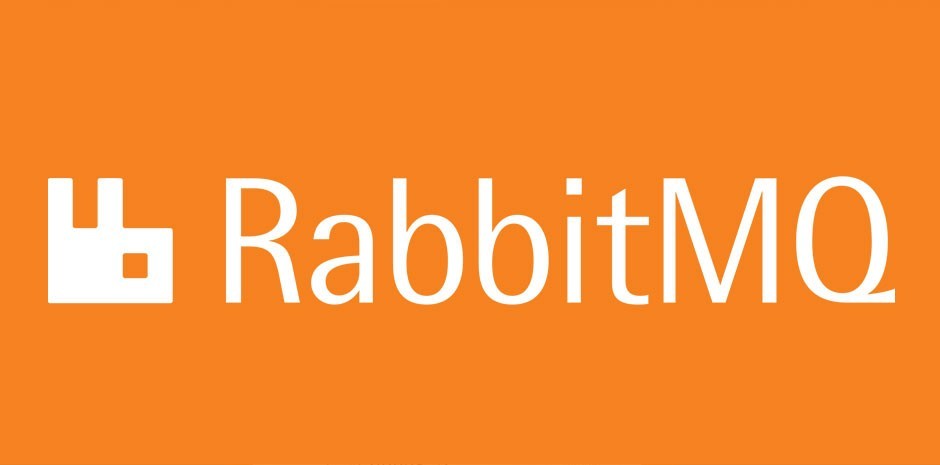Introduction
RabbitMQ is a popular open-source message broker software that implements the Advanced Message Queuing Protocol (AMQP). It is used for exchanging messages between applications and ensuring that messages are delivered even if one of the applications is temporarily unavailable.
RabbitMQ provides a way for applications to communicate with each other asynchronously, without having to know the details of the other applications. Applications can publish messages to exchanges, which are then routed to queues based on rules defined by the user. Messages in the queues can then be consumed by other applications.
One of the key benefits of RabbitMQ is its ability to handle high volumes of messages and provide reliability guarantees, such as message persistence and delivery acknowledgment. This makes it a great choice for applications that need to process large amounts of data in real time, such as financial transactions, online gaming, and real-time analytics.
RabbitMQ is highly configurable and flexible and supports a variety of programming languages, including Java, Python, Ruby, and many others. This makes it easy to integrate with existing applications and systems. Additionally, RabbitMQ provides a web-based management interface, which makes it easy to monitor and manage the message broker.
Use Case for RabbitMQ
- Microservices architecture: RabbitMQ can be used to allow microservices to communicate with each other in a loosely-coupled manner. Services can send messages to RabbitMQ and other services can listen for those messages, allowing for decoupled communication between services.
- Online order processing: An e-commerce application can use RabbitMQ to process online orders. When a customer places an order, the order information can be sent as a message to RabbitMQ, which will then be processed by a worker service. This allows the e-commerce application to handle a large number of orders without being slowed down by the processing time.
- Logging and auditing: An application can use RabbitMQ to send log messages to a central log server for auditing purposes. You can store the log messages and a separate service can listen for the log messages and write them to a database for analysis.
- Job processing: An application can use RabbitMQ to process background jobs, such as sending emails, processing images, or generating reports. The application can send messages representing jobs to RabbitMQ, and worker services can listen for those messages, processing the jobs in the background.
- Notification systems: An application can use RabbitMQ to send notifications to users, such as email notifications or push notifications. The application can send messages to RabbitMQ representing the notifications, and a separate service can listen for the messages and send the notifications to the users.
These are just a few examples of how you can use RabbitMQ in various applications. The key benefit of RabbitMQ is its ability to allow applications and services to communicate asynchronously, which can improve performance and scalability.
Media streaming: A media streaming application can use RabbitMQ to handle the real-time communication between the client and the server and Apache to serve the media files. So, RabbitMQ can be used to send messages representing media requests and control messages, while Apache can serve the media files to the client.
Here are the steps to set up a media streaming application with RabbitMQ on CentOS 8:
Install RabbitMQ:
Then, RabbitMQ package key to the system:
sudo rpm --import https://dl.bintray.com/rabbitmq/Keys/rabbitmq-release-signing-key.asc
Then, add the RabbitMQ repository to the system:
sudo nano /etc/yum.repos.d/rabbitmq.repo
Next add the following contents to the rabbitmq.repo file:
[bintray-rabbitmq-server] name=bintray-rabbitmq-rpm baseurl=https://dl.bintray.com/rabbitmq/rpm/rabbitmq-server/v3.8.x/el/8/ gpgcheck=0 repo_gpgcheck=0 enabled=1
Install RabbitMQ:
sudo yum install rabbitmq-server
After that, start and enable RabbitMQ:
- Start RabbitMQ:
sudo systemctl start rabbitmq-server
Enable RabbitMQ to start at boot:
sudo systemctl enable rabbitmq-server
Then Install the management plugin for RabbitMQ:
- Log in to the RabbitMQ management console:
rabbitmq-plugins enable rabbitmq_management
Restart RabbitMQ:
sudo systemctl restart rabbitmq-server
Configure RabbitMQ:
- Then, create a new user:
rabbitmqctl add_user <username> <password>
Thereafter set permissions for the new user:
rabbitmqctl set_user_tags <username> administrator
rabbitmqctl set_permissions -p / <username> ".*" ".*" ".*"Install the Apache web server:
- Install Apache:
sudo yum install httpd
Start and enable Apache:
- Start Apache:
sudo systemctl start httpd
Enable Apache to start at boot:
sudo systemctl enable httpd
Integrate RabbitMQ and Apache:
- Create a new RabbitMQ exchange for media streaming:
rabbitmqadmin declare exchange name=media_streaming type=fanout
Create a new RabbitMQ queue for media streaming:
rabbitmqadmin declare queue name=media_streaming durable=true
Bind the exchange and queue for media streaming:
rabbitmqadmin declare binding source=media_streaming destination=media_streaming routing_key=""
Write a script to publish media files to RabbitMQ:
import pika
import json
def publish_media_file(media_file_path):
# Connect to RabbitMQ
connection = pika.BlockingConnection(pika.ConnectionParameters(host='localhost'))
channel = connection.channel()
# Declare the exchange for media streaming
channel.exchange_declare(exchange='media_streaming', exchange_type='fanout')
# Read the media file
with open(media_file_path, 'rb') as f:
media_file_data = f.read()
# Publish the media file to the exchange
channel.basic_publish(exchange='media_streaming', routing_key='', body=media_file_data)
# Close the connection
connection.close()
# Example usage
publish_media_file('/path/to/media_file.mp4')



